
PANTONE 384
What color is PANTONE 384?
PANTONE 384 is a medium dark shade of yellow-green, with a hexadecimal value of #979916.
It is composed of 59.22% red, 60% green and 8.63% blue in the RGB color model, and 26% cyan, 4% magenta, 99% yellow and 35% black in the CMYK color model.
It has a hue angle of 61°, a saturation of 86% and a lightness of 60%.
PANTONE 384 is a versatile color that can be used for various purposes and applications.
This color create a contrast with darker or lighter colors, or complement other shades of green or yellow.
It can also convey a sense of freshness, nature, or energy, depending on the context and mood.
PANTONE 384 is a color that can be found in nature, such as in plants, fruits, or insects.
It is a color that can reflect the beauty and diversity of life on Earth.
Example of the palette with the PANTONE 384 color

See these colors in NCS, PANTONE, RAL palettes...


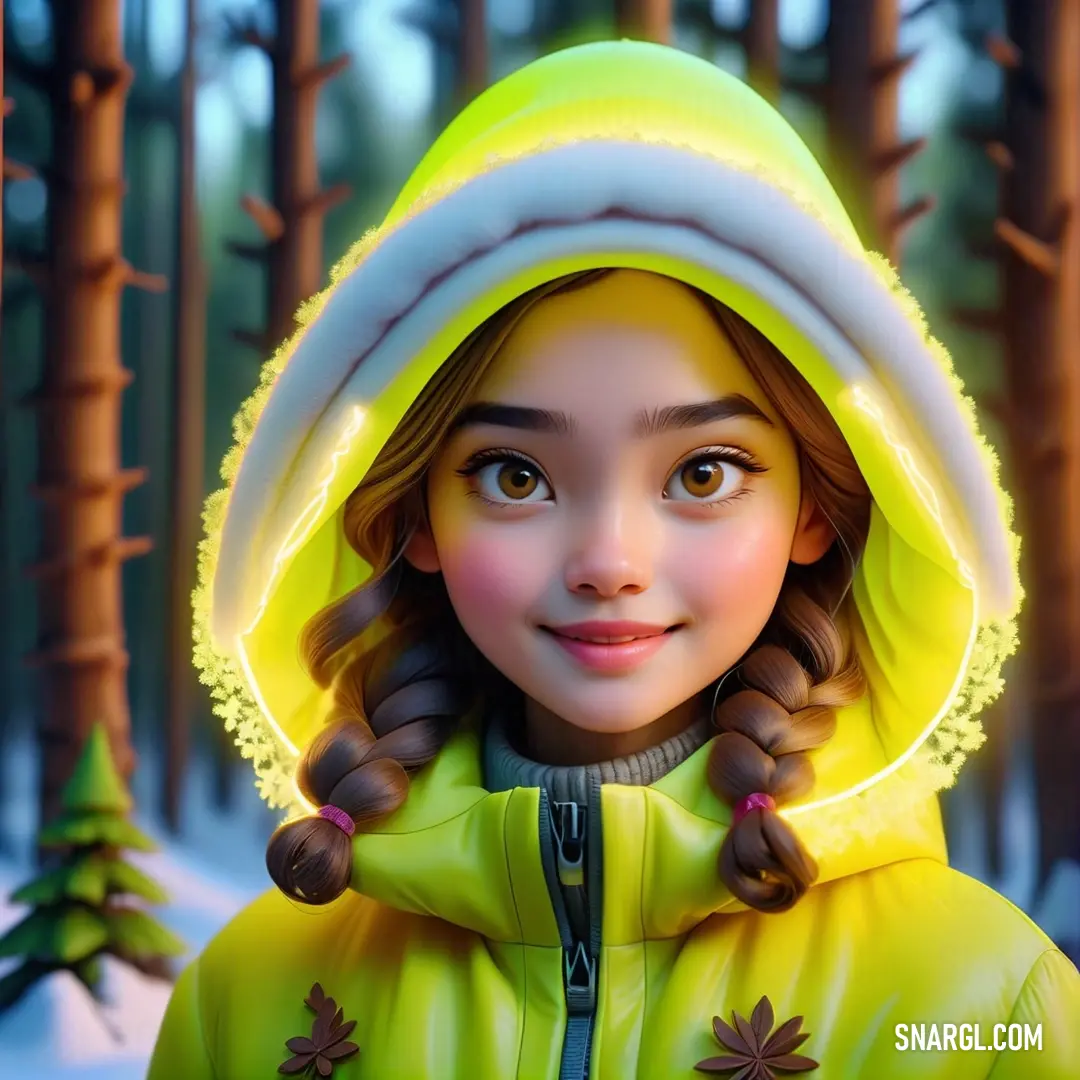
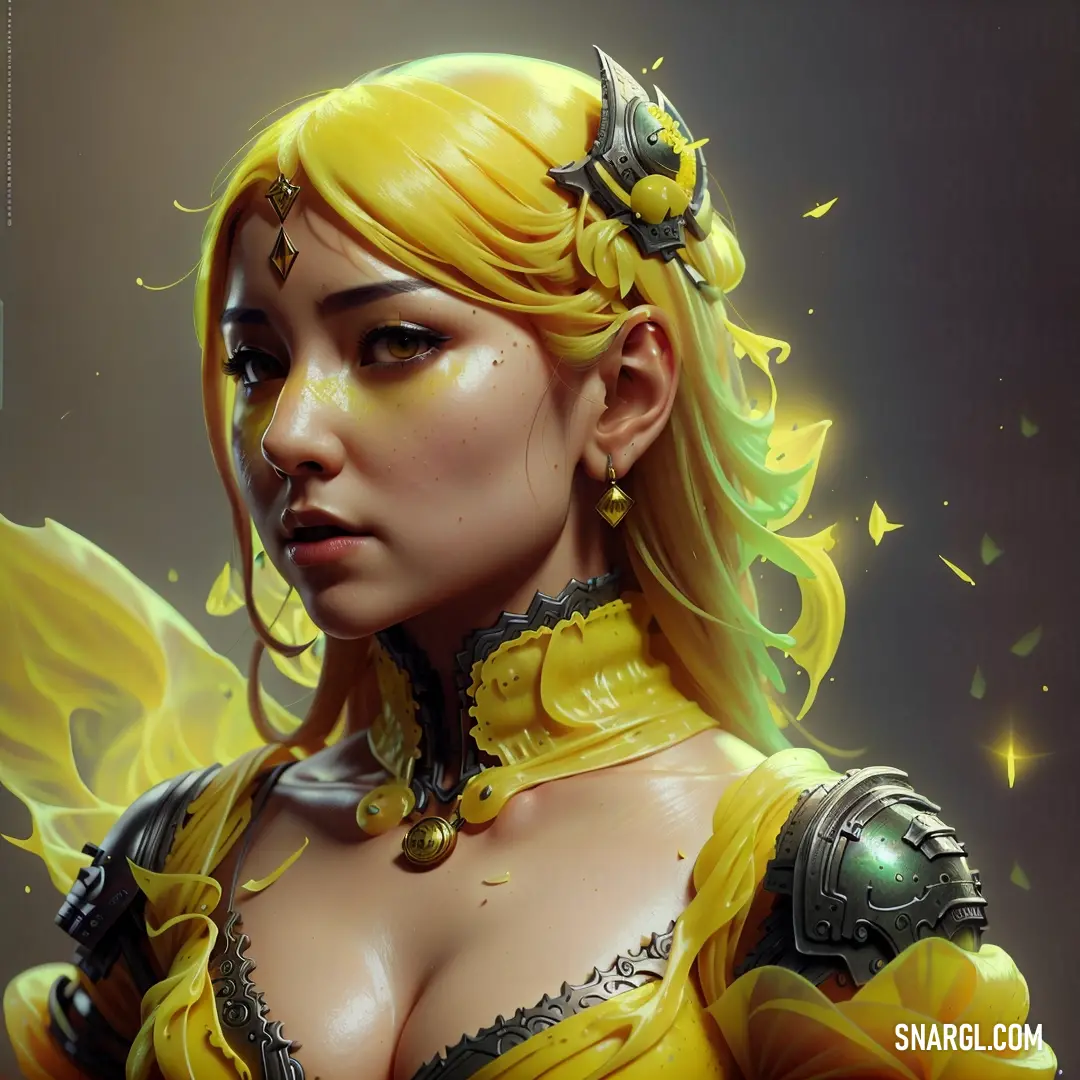

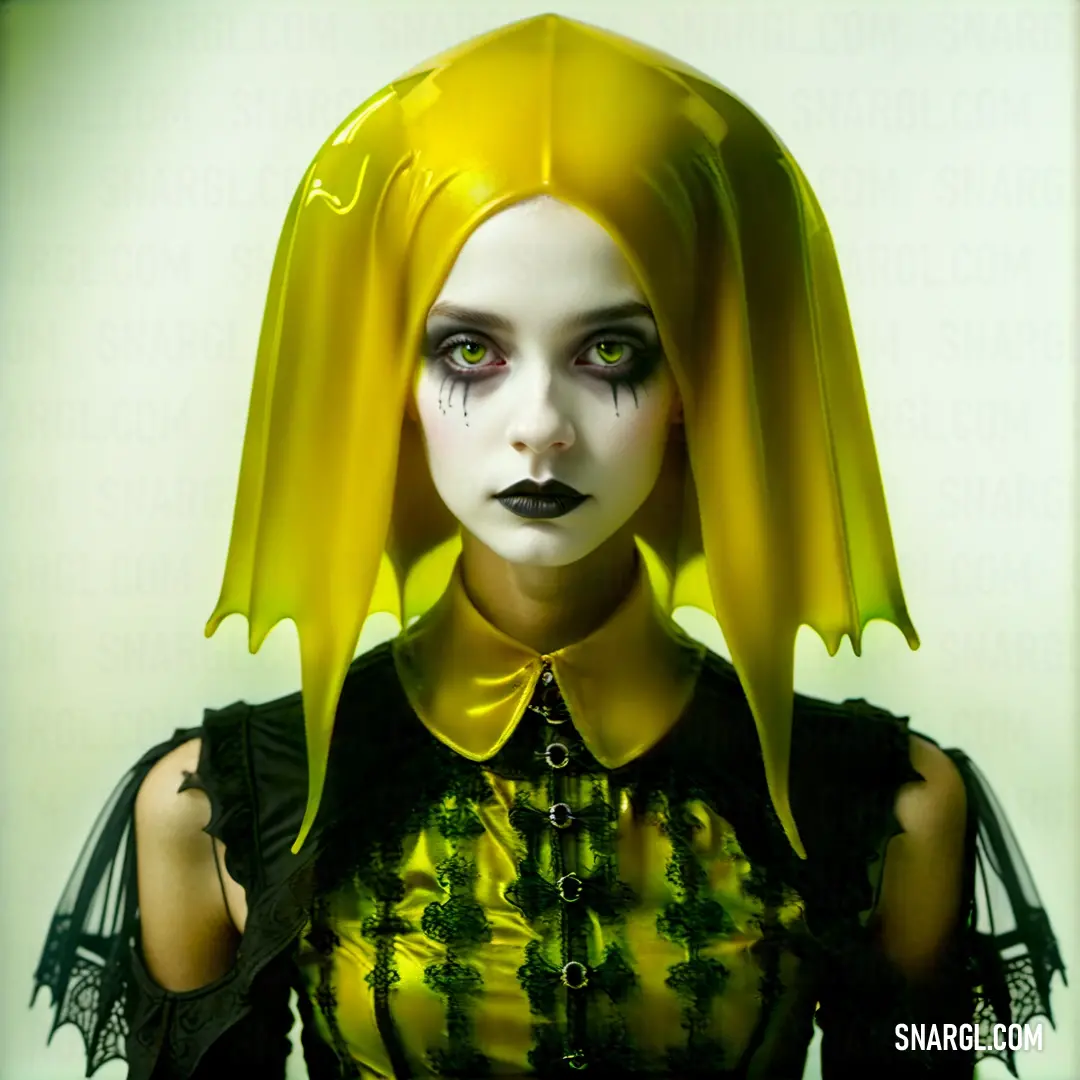

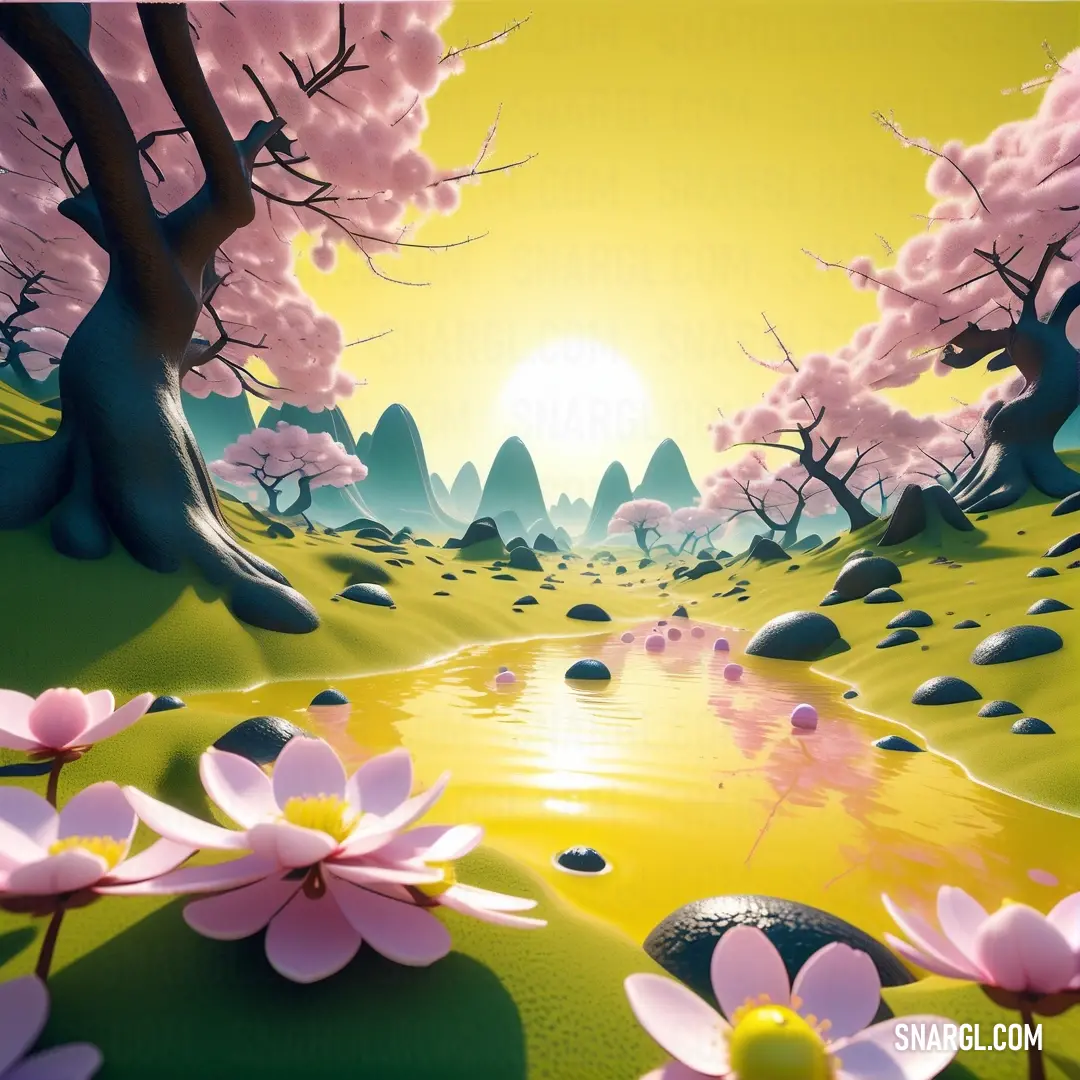
 Aureolin
Aureolin Heart Gold
Heart Gold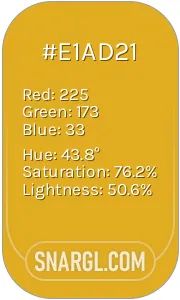 Urobilin
Urobilin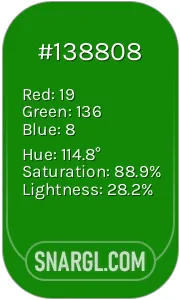 India green
India green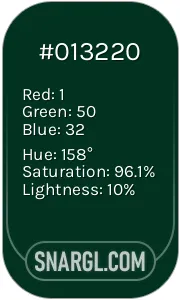 Dark green
Dark green







